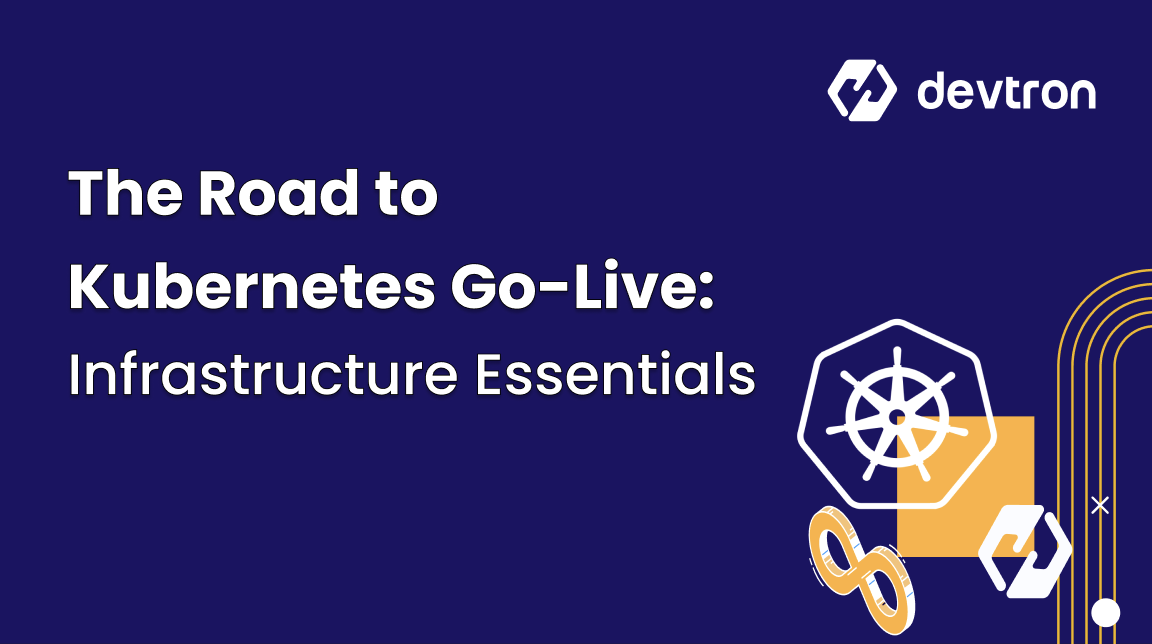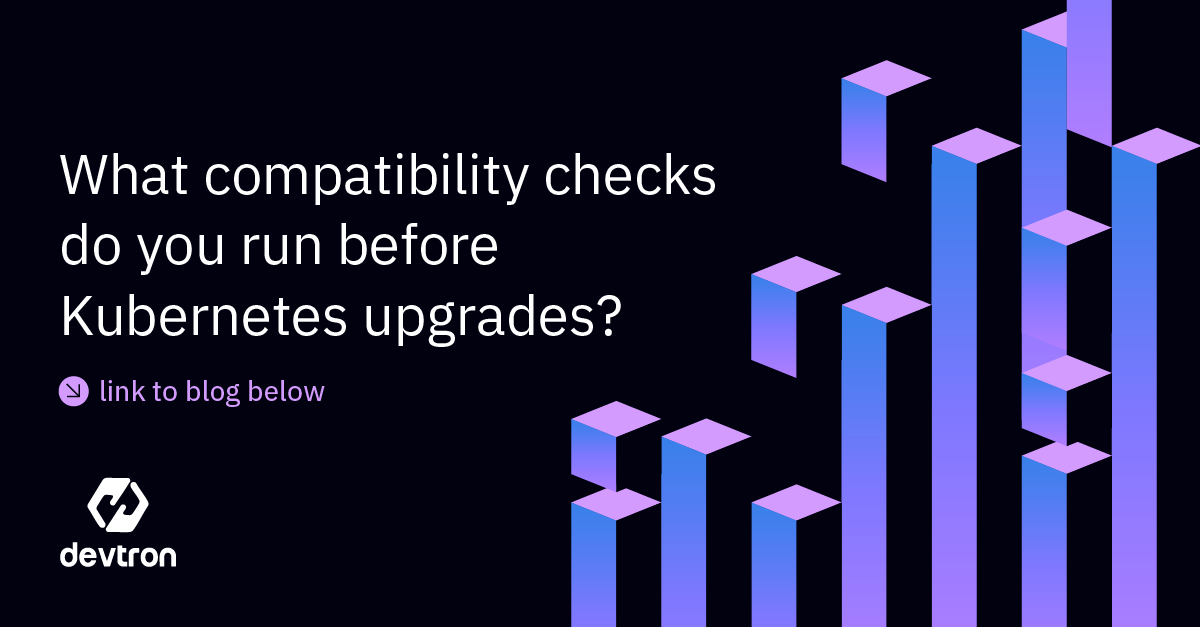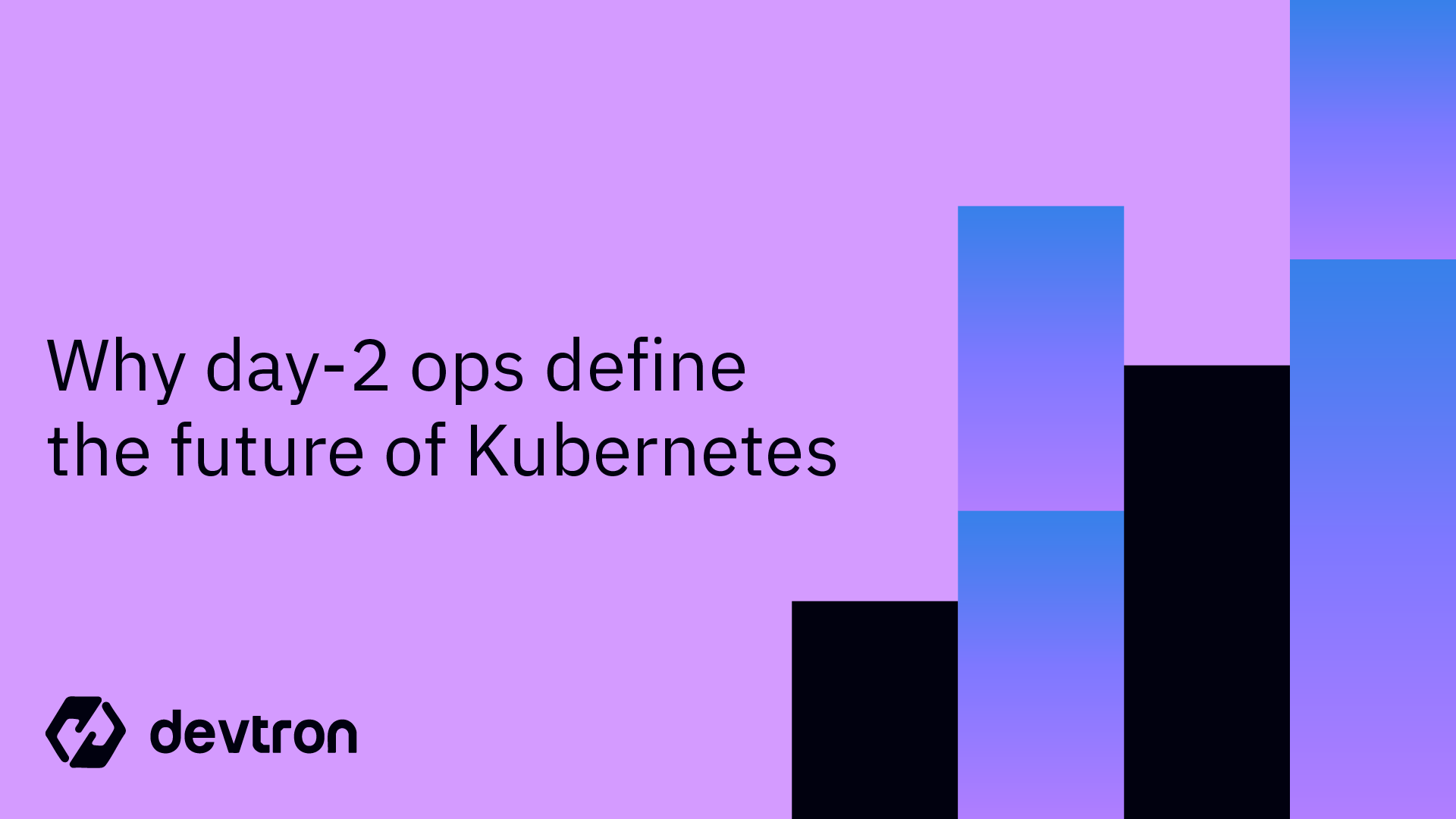Deploying your applications on Kubernetes marks a significant milestone, but a sturdy infrastructure setup is essential for a successful launch. In this article, we'll delve into crucial infrastructure considerations that should be on your checklist before rolling out your workloads on Kubernetes.
1. Multi-Availability Zone (AZ) Configuration
A multi-AZ Kubernetes cluster is one that has two or more availability zones. This means that if one availability zone fails, the cluster will continue to operate in the other availability zone.
Ensure both the master and worker components of Kubernetes are configured for multi-AZ configuration. This provides high availability and fault tolerance by spreading your resources across different data centers within your cloud provider's network.
2. Sufficient IP Addresses in Vnets/Subnets
Depending on the ENI (Elastic Network Interface) plugin used for networking, Kubernetes pods and services may consume IP addresses from your cloud provider's subnets or Vnets. To avoid IP address exhaustion, consider using wide-range CIDRs like /20 or higher when provisioning clusters that are expected to scale.
The number of IPs needed in Vnets/Subnets will depend on the number of pods and services planned to run in the Kubernetes cluster.
To calculate the number of IPs, use the following formula:
# of IPs = Microservices * Replicas + Service objectsFor example, if you plan to run 10 microservices with 2 pods each, and you have 10 service objects, you will need 30 IPs.
3. Scaling Up Core Components
Scale up critical infrastructure components like CoreDNS, Istio Gateway Controllers, and Ingress Controllers. Utilize cluster-proportional autoscaling to manage these components dynamically based on cluster demands. Ensure that the Ingress Controllers are in high availability mode and set up autoscaling based on relevant metrics.
Check out this blog for setting up ingress for an application.
4. Create Separate Node Groups/Pools
Adopt a differentiated approach by creating separate node groups or pools for various workload types. This prevents resource waste and ensures that your applications receive precisely what they require.
- Memory-Intensive: Create node groups for memory-intensive workloads.
- CPU-Intensive: Create separate node groups for CPU-intensive workloads.
- GPU-Intensive: For GPU-intensive tasks, set up dedicated node pools.
Avoid mixing different virtual machine (VM) sizes or families within the same node groups, as this can lead to unexpected behavior with the cluster autoscaler.
5. Infrastructure Monitoring Setup
It is important to set up monitoring for your Kubernetes infrastructure. This will help you to identify and troubleshoot problems before they impact your applications.
You can use a variety of monitoring tools for Kubernetes, such as Prometheus, Grafana, and Alertmanager. Configure thresholds to eliminate noise and ensure alerts are sent only to relevant teams or individuals. Categorize alerts by severity to prioritize responses effectively.
Check out this blog for setting up a monitoring stack on Kubernetes.
6. Avoid Burstable CPU VMs
In production environments, steer clear of using Burstable CPU VMs with Kubernetes. These VMs may not provide consistent performance, which could impact your application's reliability. Opt for VMs with predictable CPU performance for production workloads.
Conclusion:
Before launching your Kubernetes applications, a meticulous infrastructure checklist is indispensable. By adhering to these best practices, you'll establish a resilient foundation for your workloads, guaranteeing scalability, availability, and robust performance. A well-structured infrastructure setup is the key to unlocking Kubernetes' full potential for your applications, ensuring a seamless go-live experience.
If you have any questions feel free to reach out to us. Our thriving Discord Community is just a click away!







